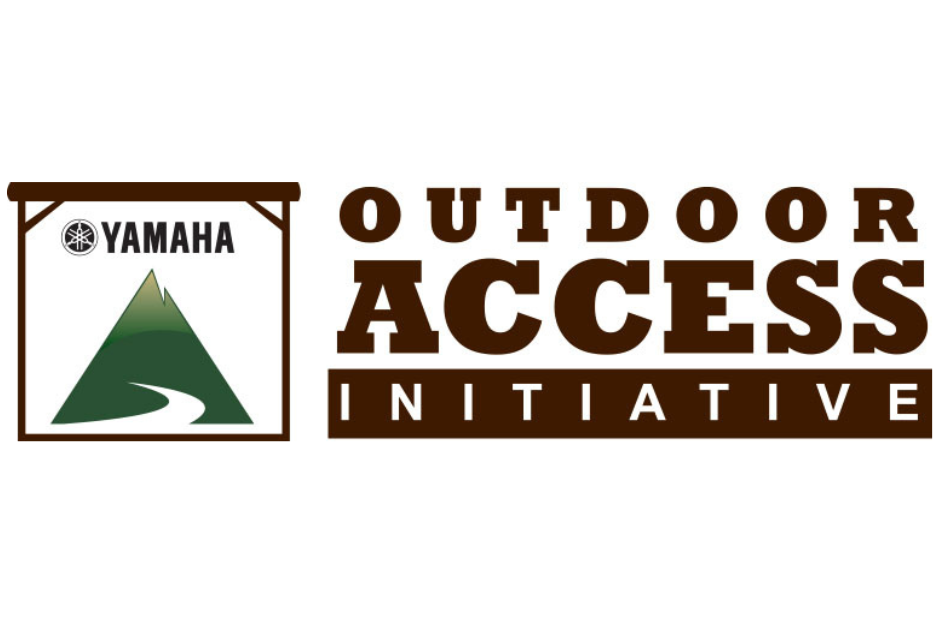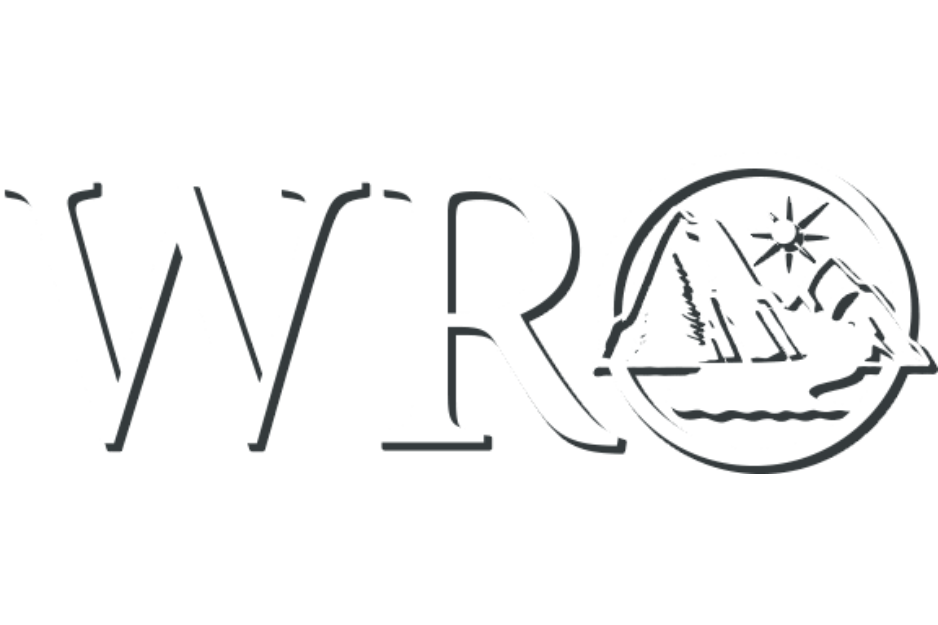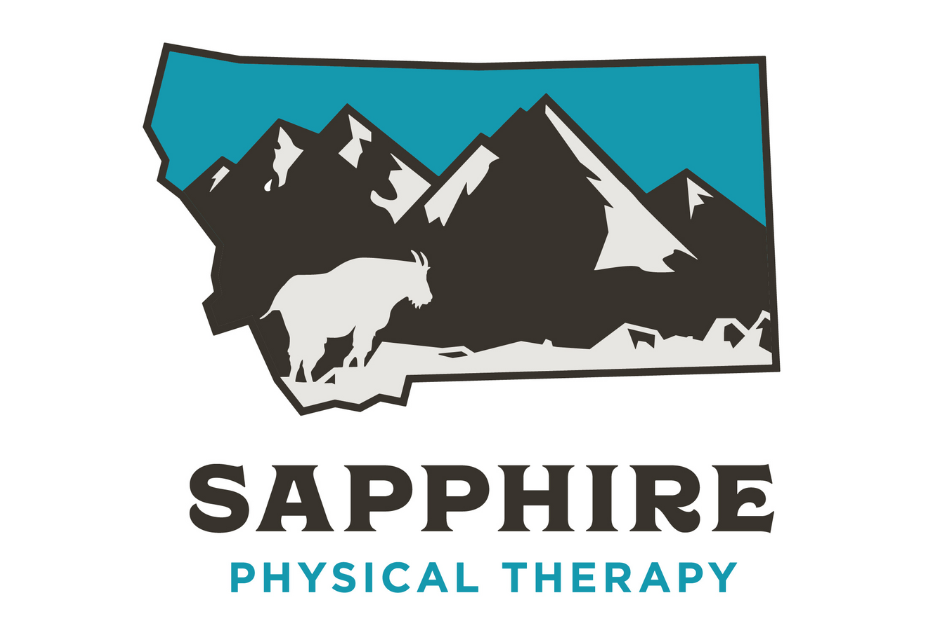February 25, 2011 Avalanche Advisory
The avalanche hazard is CONSIDERABLE on all wind loaded terrain above 5000 feet in west central Montana. Natural avalanches are possible and human triggered avalanches are likely. Careful snowpack evaluation and cautious route finding is essential.
On all other slopes in west central Montana the avalanche hazard is MODERATE. Natural avalanches are unlikely, human triggered avalanches are possible.
Good Morning. This is Tim Laroche at the West Central Montana Avalanche Center with backcountry avalanche information for Friday, February 25th, 2011.
Weather and Snowpack Analysis
We have been under the influence of a dynamic weather scenario for the past few days. Most areas in west central Montana have received from 12-20 inches of snow since Tuesday. The exception to this is the southern Bitterroot mountains. They received only 4-6 inches of snow. The wind blew from the south and west for the first part of the week, and then switched and ripped out of the east and northeast at 40+ miles per hour from Wednesday night to this morning. Winds have finally calmed and are currently light out of the south and west. Temperatures plummeted yesterday and are currently in the negative single digits.
The wind has wreaked havoc throughout west central Montana and has left some slopes scoured and others with large wind drifts and slabs. These wind slabs are the primary avalanche concern right now. They can be found on leeward aspects, mostly southwest through north facing terrain, and in gullies and chutes on slopes that have been cross loaded by the wind. All aspects have been affected by the wind the past few days, so you will want to pay attention to where the snow has deposited itself into wind slabs and avoid these areas to stay safe.
The southern Bitterroots got only 4 to 6 inches of new snow this past week and not as much wind as the northern part of west central Montana. The reports we received from that area indicate that avalanche conditions are in the MODERATE range but observers are seeing a layer of buried surface hoar that should be monitored when we get our next storm.
This past week’s storm snow is bonding well to the old snow layers. It came in warm and has continued to dry out since the temperatures have been falling. Expect widespread sloughing of the new snow on steep terrain in all areas until the storm snow has had time to settle and stabilize.
Although it is cold right now, if the sun comes out this weekend, solar slopes will warm quickly. Wet point release slides are a sure sign that things are starting to change and an indicator to move to a colder aspect.
Weather Forecast and Avalanche Outlook
Winds will continue to diminish today and turn to the south and west. Skies will clear and this could lead to record-breaking low temperatures by Saturday morning. Saturday temperatures will start to rebound with increasing afternoon cloud cover and westerly winds ahead of the next storm system. This system is forecasted to come in warm and could give us 2-3 inches of fresh snow on Saturday night and another 5-8 inches through the day on Sunday.
Since the winds have abated and we have a mostly stable snowpack under the new snow, I expect avalanche conditions to improve until Sunday when we could see a sharp rise in the avalanche hazard if we get forecasted snow amounts. This storm could potentially drop a foot of warm, dense snow on a very cold and light old snow surface which could produce widespread instabilities.
I will issue the next advisory on Monday, February 28th.
If you get out and have the time to send us some information about what you are seeing, please use our “submit an observation” link on our website. This information is invaluable to us and in turn comes back to you in the form of a better forecast.





